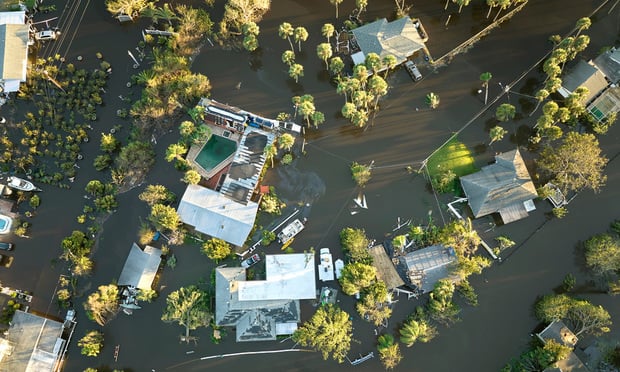On the heels of another dry winter, weather experts and firefighters are concerned the impending wildfire season could echo last year's devastation, during which 9.2 million acres burned.
Large swaths of the western United States—from Southern California and Nevada across Utah, Colorado and Wyoming to Kansas, Oklahoma and Nebraska—are experiencing unseasonably high temperatures and long-term drought conditions. California has already battled at least one wildfire, which originated in Riverside County on February 28. Meanwhile, a series of small brush fires broke out in late March along the edge of Albuquerque, New Mexico. These early “smoke signals” remind authorities of the looming fire risks posed by dehydrated plant life and wind gusts.
Could History Repeat Itself?
While experts say it's still too early to accurately predict what the 2013 season will hold, the National Weather Service (NWS) calls for another hot, dry summer. That, coupled with the fact that fires have broken out pre-season, has ignited concerns about severity.
“Weather pattern influences, including last winter's dry, low snowpack season contribute to the impending danger of wildfires,” says Jeffrey Berino, deputy chief with Colorado's Lake Dillon Fire District and senior fire investigator at Pie Consulting & Engineering. “Another factor is [last] year's wildfires began before wildfire season officially commenced on May 21. In fact, before the end of February, a call came in for the first wildfire of the year, which was caused by a lightning strike in the Southwest.”
It's no coincidence that 2012 was the warmest year on record for the U.S. According to the National Climatic Data Center in Asheville, N.C., last year's heat broke the previous record set in 1998. The National Interagency Fire Center (NIFC) also reports sweltering summer temperatures contributed to 2012's massive wildfires, which burned an area roughly equivalent to Massachusetts and Connecticut combined—or about 9.2 million acres.
One state severely impacted was Colorado, which saw 12 wildfires in 2012, including the Waldo Canyon Fire, which was the most destructive in the state's history. The Waldo Canyon forest fire started 4 miles northwest of Colorado Springs on June 23, 2012, and it was still considered active as late as August 27, 2012. In addition to causing more than $350 million in insured losses and consuming 346 homes, the fire necessitated the evacuation of 32,000 residents in Colorado Springs and adjacent mountain communities.
Insurers could see fires of similar magnitude this season but for now, it's simply too early to tell. If climate change is taken into account, however, wildfire losses could become more difficult to control—and ultimately extinguish—in the years to come. This would impact loss severity and insurance premiums.
Want to continue reading?
Become a Free PropertyCasualty360 Digital Reader
Your access to unlimited PropertyCasualty360 content isn’t changing.
Once you are an ALM digital member, you’ll receive:
- Breaking insurance news and analysis, on-site and via our newsletters and custom alerts
- Weekly Insurance Speak podcast featuring exclusive interviews with industry leaders
- Educational webcasts, white papers, and ebooks from industry thought leaders
- Critical converage of the employee benefits and financial advisory markets on our other ALM sites, BenefitsPRO and ThinkAdvisor
Already have an account? Sign In Now
© 2024 ALM Global, LLC, All Rights Reserved. Request academic re-use from www.copyright.com. All other uses, submit a request to [email protected]. For more information visit Asset & Logo Licensing.








